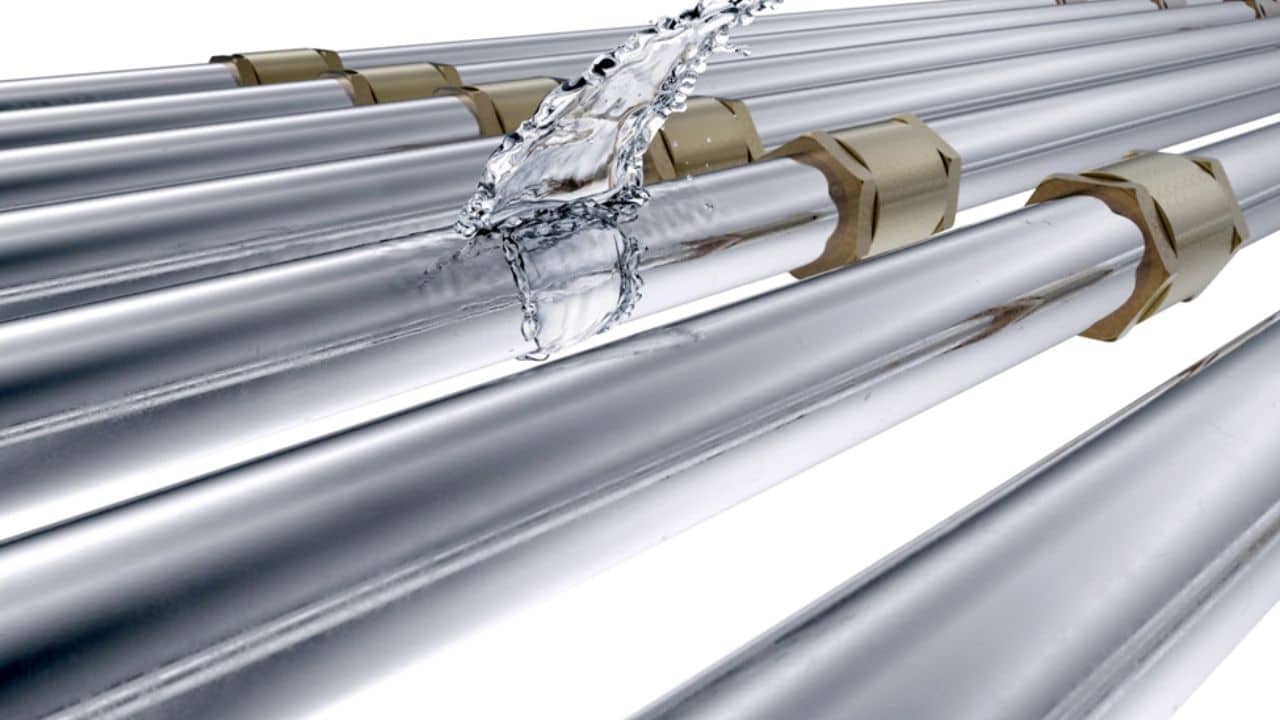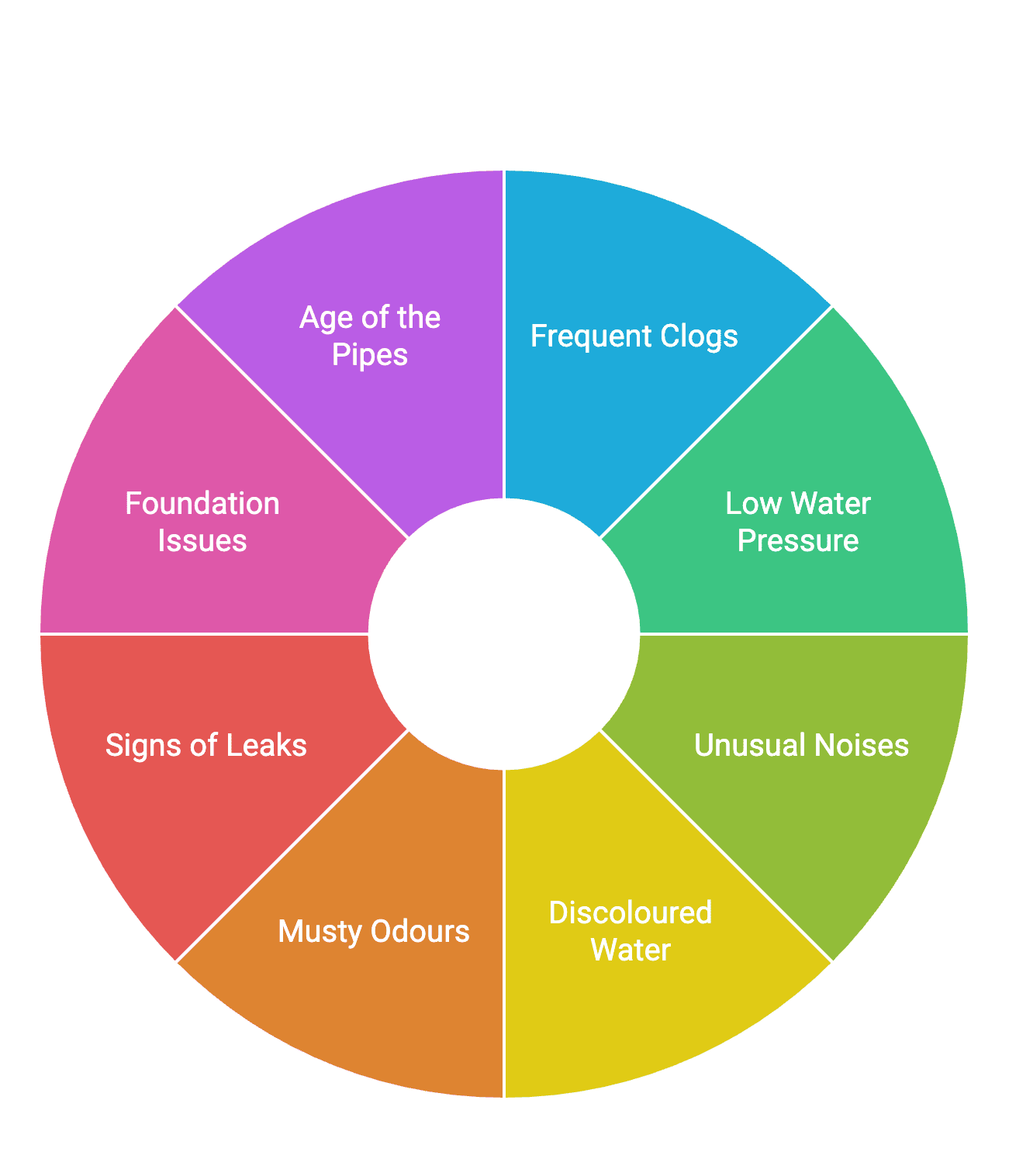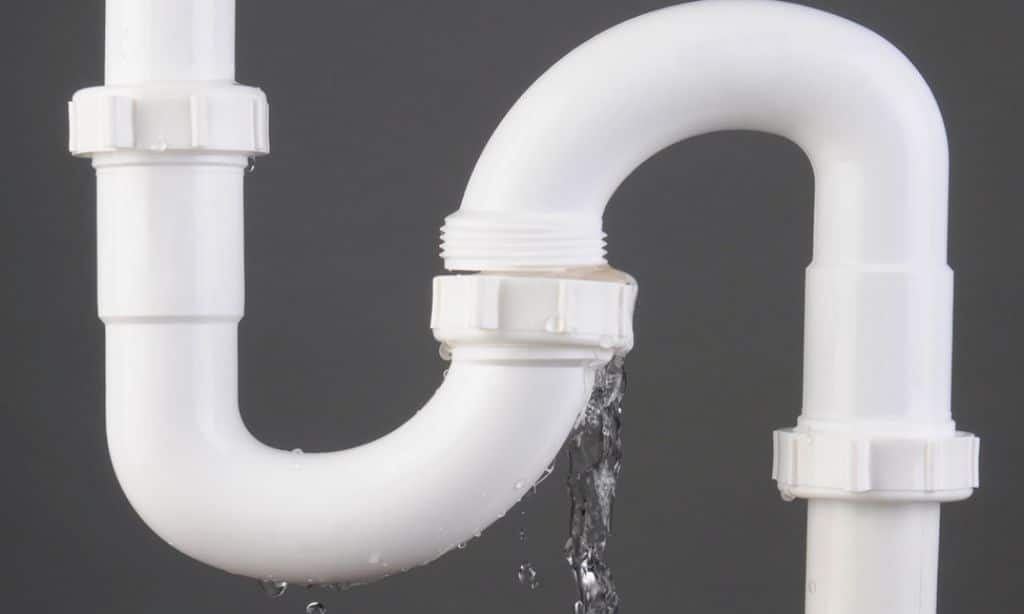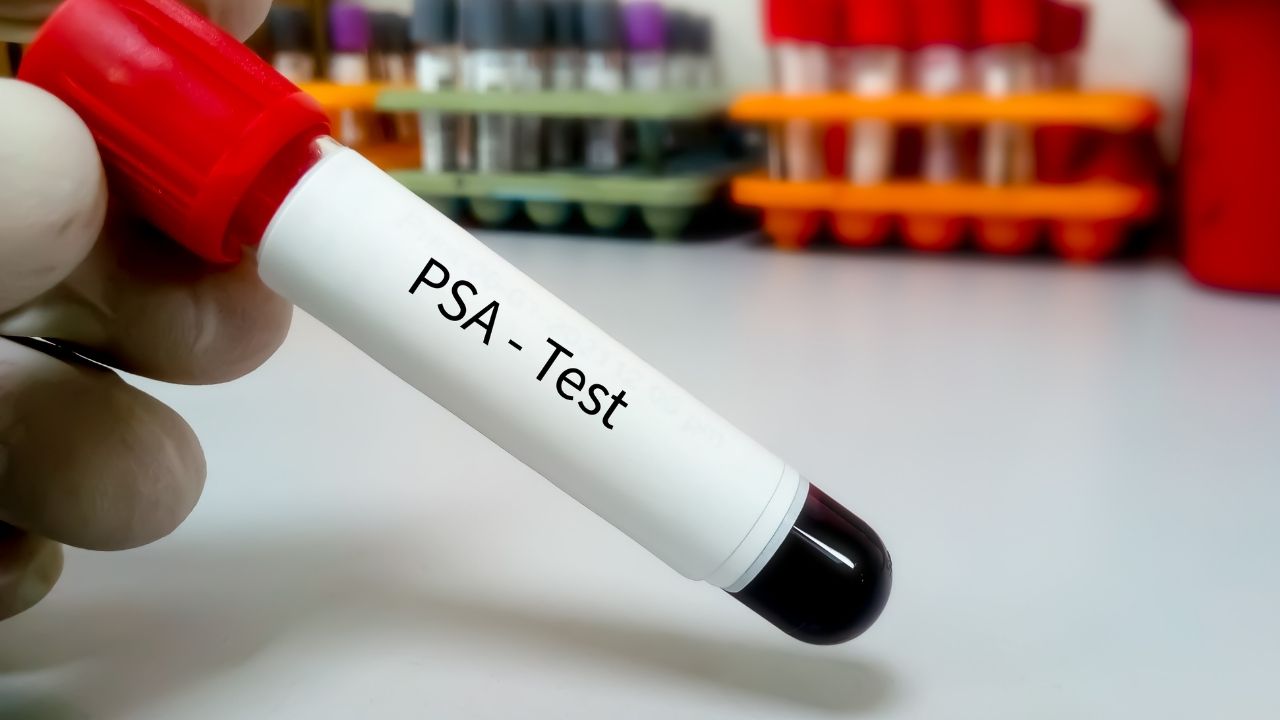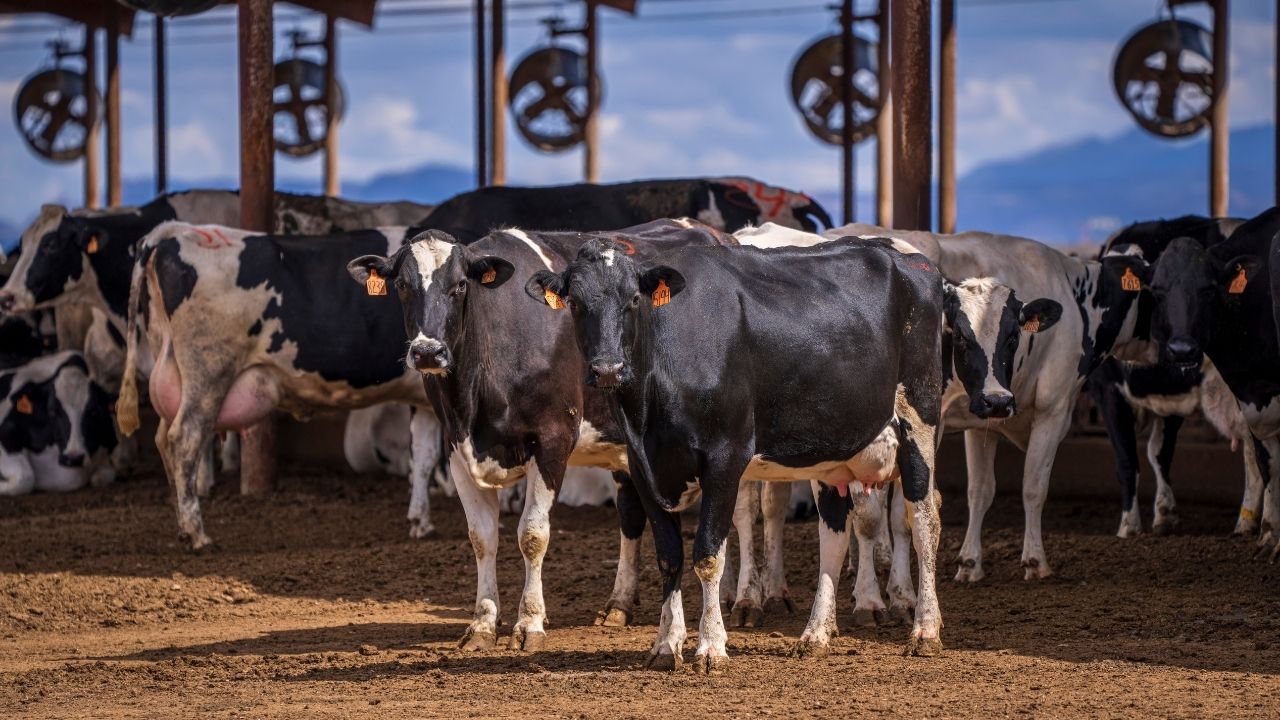A reliable plumbing system is vital to the smooth functioning of any household. When pipes are in optimal condition, water flows efficiently, drains function properly, and there’s no risk of unhealthy backflow. However, when issues arise, they can quickly disrupt daily life and incur significant costs. One contemporary solution, pipe relining, offers a non-invasive approach to addressing plumbing problems without the need for extensive excavation. This method praised for its cost-effectiveness and long-term durability, involves inserting a new lining into the existing pipe to restore its functionality. Common pipe issues like leaks, blockages, and corrosion can be effectively remedied through relining, providing a robust system that stands the test of time.
This article identifies ten clear signs that homeowners should be aware of, indicating when it might be time to consider pipe relining.
1. Frequent Clogs
Clogs can be more than just a minor inconvenience. They’re an early warning sign of potential pipe problems that might necessitate relining. When clogs occur frequently in multiple drains, it may suggest a build-up of debris or a narrowing of the pipe, usually caused by sediment or mineral deposits. Persistent slow draining from sinks, showers, or toilets can point to partial blockages that aren’t easily remedied by over-the-counter drain cleaners.
If gurgling sounds regularly emanate from the drains, this might indicate trapped air within the pipes due to a blockage. Pay attention to clogs repeatedly forming in the same plumbing location, as this signifies a persistent issue, likely requiring professional intervention. The repetitiveness of these problems often stems from underlying structural issues within the pipes, which relining can efficiently address.
2. Low Water Pressure
Low water pressure is not just an annoyance; it’s also indicative of significant plumbing issues that might require a closer look. When reduced water pressure is noted across multiple fixtures, it could signal a serious blockage or the narrowing of the main water line. These blockages not only compromise water flow but also put additional strain on the plumbing system.
Difficulty flushing toilets effectively is another symptom of low pressure. This can disrupt daily life considerably and should be promptly addressed. A weak shower pressure can be an unwelcome start to the day, affecting both comfort and efficiency, while noisy pipes, often dismissed as harmless, can indicate either low water pressure or an issue with the water supply. These issues could be symptomatic of underlying conditions that pipe relining could resolve, ensuring smooth, stress-free operation.
3. Unusual Noises
Plumbing systems often communicate through sound, hinting at potential problems. Gurgling or bubbling noises usually signify air trapped in the pipes, typically due to a blockage or a minor leak. These unusual sounds can also occur from a malfunctioning water hammer arrestor or when water is suddenly shut off, resulting in hammering noises. Such sounds don’t just indicate a disturbance in flow; they can also signal potential damage that needs addressing.
Squeaking or grinding noises may arise from pipes rubbing against each other or loose fittings coming undone over time. These noises can also point to more severe underpinning issues. Constant dripping noises, resembling a relentless metronome, unmistakably indicate a leak. These leaks, minor as they might seem, can contribute to significant water waste and structural damage over time, warranting the consideration of relining solutions.
4. Discoloured Water
Water should always run clear, so when there’s a change in its hue, it’s cause for concern. Brown or reddish water can suggest rust or corrosion within the pipes, a typical problem in systems made of iron or steel. Greenish or bluish water may arise from the corrosion of copper pipes, hinting at chemical reactions between the water supply and the pipe material that need immediate attention.
On occasion, the water may turn black, indicating a severe issue, such as a sewage backup, which poses serious health hazards. Additionally, cloudy or murky water can suggest sediment build-up within the pipes, cracked pipe joints, or other structural failures where external elements infiltrate the system. Each of these scenarios points to the potential need for relining to restore pipe integrity and water quality.
5. Musty Odours
Unpleasant smells emanating from your plumbing should never be overlooked. Sewage odours coming from drains are a strong indicator of a sewer line blockage or a leak, which could lead to significant hygiene issues if not immediately addressed. A musty smell throughout the house might be attributed to mould or mildew growth fostered by moisture leaking from faulty pipes.
Occasionally, a rotten egg smell arises, often caused by hydrogen sulphide gas produced by decaying organic matter within the sewer line. Chemical odours point towards more serious matters, potentially indicating a chemical leak or problem with the water supply, which necessitates a thorough investigation. Relining can efficiently mitigate such infractions by restoring the integrity and sealing the pipes effectively.
6. Signs of Leaks
Sometimes, signs of leakage are apparent, offering direct evidence of trouble. Visible water stains on ceilings or walls indicate a leak from pipes above, a clear and immediate warning sign. Mold or mildew growth suggests excess moisture in concealed spaces, often originating from leaks that require timely repairs to avoid exacerbated damage.
Additionally, soft spots on floors or walls can reveal water damage and potential structural issues before they become critical. If monthly water bills suddenly increase without a corresponding increase in consumption, it may signal an undetected leak, costing more over time in both resources and repairs. It’s essential to address these leaks promptly, as they can escalate, leading to higher pipe relining costs in the long run. Pipe relining can rectify leaks without the mess and expense of traditional methods, preserving structural integrity and eradicating water wastage.
7. Foundation Issues
Foundation problems often link back to faulty or damaged plumbing. Cracks in the foundation might result from shifting soil due to water infiltration from leaks. These cracks could cause uneven floors or walls, indicating structural instability arising from water damage and potentially compromising the safety and aesthetics of the home.
Windows or doors that stick often correlate with foundation shifts, further illustrating the pervasive impact of leaking pipes. Visible signs of water damage to the foundation, including efflorescence—white salt deposits after water evaporation—and water stains, also illustrate the gravity of pipe deterioration. In these scenarios, considering relining is prudent to prevent further foundational disruption and maintain home stability.
8. Age of the Pipes
The age of a home’s plumbing system often forewarns of potential problems. Older homes, especially those with original cast iron or galvanised steel pipes, are particularly susceptible to corrosion and leaks. These ageing materials are notorious for failing over time, impacted by internal and external elements alike.
If a property has a known history of pipe problems, it suggests a likelihood of future issues emerging. Furthermore, the lack of routine maintenance aggravates the propensity for significant plumbing challenges, emphasising the need for attentive care. Local water quality is also a contributing factor—hard or corrosive water speeds up the deterioration process, making regular inspection and maintenance essential. For such aging infrastructures, relining offers a pragmatic approach, extending the lifespan of the existing plumbing without the need for disruptive replacements.
9. Tree Roots
Mother Nature can sometimes interfere quite significantly with plumbing. Large trees in proximity to a property increase the risk of tree roots growing into sewer lines, causing significant blockages and leaks. Visible roots close to the sewer line serve as a strong indication of potential root intrusion, necessitating immediate attention to prevent recurring blockages.
A history of root intrusions in a property suggests a higher likelihood of future problems. During heavy rains, slow drainage can heighten pipe vulnerability to root growth, further underscoring the need for precautionary measures. Relining technology can prevent root ingress by sealing joints and providing a robust internal barrier against aggressive roots.
10. Changes in Landscaping
Frequent changes to a property’s landscape can inadvertently impact the plumbing system. Recent landscaping projects can unintentionally damage sewer lines or water pipes, necessitating a thorough post-project inspection. New plantings close to sewer lines pose risks as tree roots establish themselves and grow toward the moisture-rich environment.
Changes in soil conditions around the pipes, whether due to landscaping or natural shifts, can increase the risk of leaks or blockages. Similarly, nearby construction or excavation work could jeopardize underground pipes, making a strong case for proactive plumbing assessments. Pipe relining ensures that the integrity of the pipes remains intact despite external interventions, protecting the system from unforeseen disturbances.
Conclusion
In summary, it’s crucial to listen to the various signals indicating potential pipe issues. From frequent clogs and low water pressure to odd noises and discolored water, each sign is a crucial indicator of underlying problems that could be mitigated by pipe relining. Musty odours, visible leaks, and foundation issues further solidify the need for prompt intervention, while the age of pipes, nearby tree growth, and landscape changes can challenge the durability of any plumbing system.
Addressing these signs swiftly not only prevents extensive damage and costly repairs but also sustains a functional, safe, and cost-effective plumbing infrastructure. Homeowners are encouraged to seek a professional plumber’s advice for a comprehensive inspection and diagnosis. Pipe relining, with its many advantages, such as minimal intrusion and prolonged pipe lifespan, offers a forward-thinking solution for managing and resolving prevalent pipe issues.


